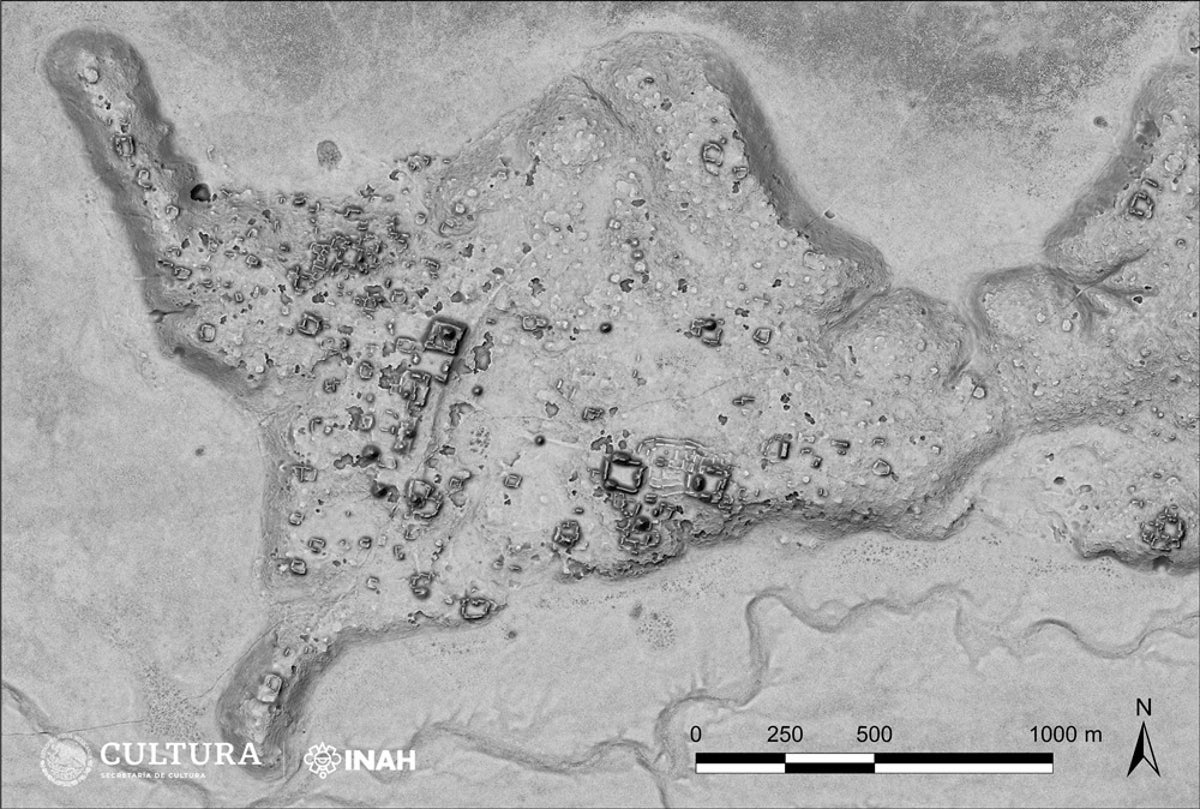Laser scanning helps find remains of ancient Mayan city deep in remote jungle

Archaeologists have uncovered the remains of a previously unknown ancient Mayan city in the jungles of southern Mexico using aerial laser scanning technology.
The ancient city, which was found to include pyramid-like structures, stone columns, and several large buildings, was likely an important center over a thousand years ago, researchers from Mexico’s anthropology institute INAH said.
The city, named Ocomtun – meaning “stone column” in the Yucatec Maya language – may have been an important center of the Central Lowlands between 250 and 1000 AD.
A number of cylindrical columns found at the site were likely part of entrances to the upper rooms of buildings, researchers suspect.
The discovery was made partly thanks to airborne laser scanning by the University of Houston in the US.
The aerial scanning helped locate the site in the jungle in an area spanning about 1160 sqm of the jungle, scientists say.
Archaeologists could recognise numerous concentrations of pre-Hispanic structures from the LiDAR data.
“The biggest surprise turned out to be the site located on a ‘peninsula’ of elevated terrain, surrounded by extensive wetlands,” lead archaeologist Ivan Sprajc said.
“Its monumental nucleus covers more than 50 hectares and has several large buildings, including several pyramidal structures more than 15 meters high,” Dr Sprajc said.
Researchers also found a number of ceramic structures at the site that helped further narrow in on the timeline of the remains.
“The most common ceramic types that we collect on the surface and in some boreholes are from the Late Classic (600-800 A.D.); however, the analysis of samples of this material will offer us more reliable data on the occupation sequences,” explains the doctor in anthropology,” Dr Sprajc said.
The Mayan civilisation was one of the most advanced in the Western hemisphere before the arrival of European colonisers and is known for its advanced mathematical calendars.
The civilisation spanned across southeast Mexico and parts of Central America.
Experts believe its collapse was sparked by political changes before the arrival of Spanish conquistadors who military campaigns led to further downfall of the civilisation towards the end of the 17th century.
For all the latest Science News Click Here
For the latest news and updates, follow us on Google News.

